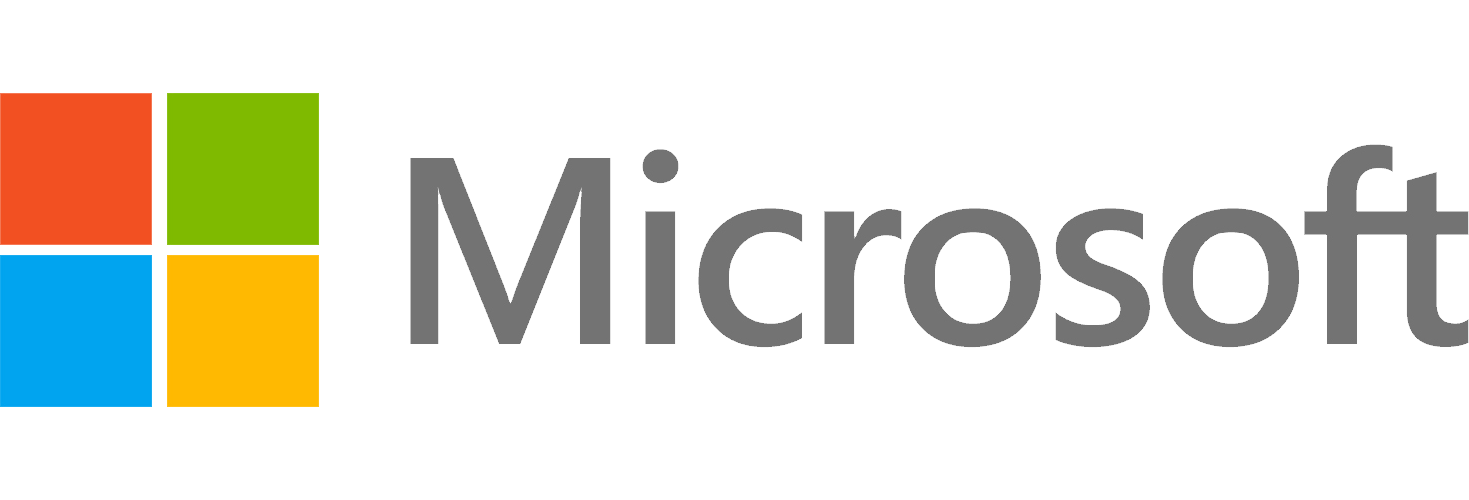
Welcome to this special Cloud Wars interview featuring Charles Lamanna, corporate vice president, Business Apps and Platform, at Microsoft. Lamanna met with Cloud Wars founder Bob Evans and me to discuss the company’s software and artificial intelligence (AI) copilots strategy, AI as the primary user interface to business software, and customer use cases.
This episode is sponsored by Community Summit North America, the largest independent Microsoft business applications innovation, training, and education event on the planet, with over 500 sessions delivered over 5 days in Charlotte, North Carolina from October 15th-20th.
Highlights
Biz Apps and Platform Impact on Microsoft’s Business
01:14 — Microsoft’s recent earnings report shows the company crossed $5 billion in revenue for business apps over the last 12 months — that’s across Dynamics 365 and low-code offerings, Lamanna says. Generative AI and next-generation workflows are driving powerful business and market share growth.
02:13 — Microsoft believes the copilot metaphor and what it represents for business applications is one area where generative AI has the most potential to improve productivity and help customers. For example, Microsoft Sales Copilot helps sellers be more productive and efficient, and it works with any customer-relationship management (CRM) system.
AI-First Apps Within 12 Months
03:23 — When you consider what generative AI and copilots can do for user experience, it’s helpful to draw a comparison with the transitions from green-screen terminals to Windows 32 applications and client-server interaction, then from client-server and Win32 to browsers, then from web-based technology to cloud hosting. AI is similarly disruptive. “We think there won’t be a future where you use a CRM or an ERP or a dev tool that isn’t AI-enabled and doesn’t have an AI user experience,” he says.
04:05 — What’s striking about the AI transformation is how fast it’s moving. The cloud transition has been comparatively slow; AI is not going to be that way. Microsoft has already released new products and capabilities including Microsoft Sales Copilot and GitHub Copilot. “So, if you ask me 12 months from now, that broad collection of Microsoft apps will feel AI-first and AI-enabled.”
How HP, Kraft-Heinz, Mercedes-Benz Envision Using Copilots
06:02 — In the case of CRM, customers are asking how to make sellers more productive so that they can engage more customers and have higher-quality conversations. Generative AI is a great fit for knowledge management, email generation, or summarizing case history.
06:33 — HP is one of the best examples of a customer that has applied this in practice. It’s using copilots to reimagine how it does self-service and customer engagement. Kraft-Heinz and Mercedes-Benz have talked about using copilots to smooth over disruptions that may happen when a supplier doesn’t deliver, is late, or has an incomplete delivery.
09:00 — For HP, the copilot’s main benefits are:
- Removing repetitive tasks such as data entry, searching for knowledge, and crafting summaries from a phone call or meeting.
- Onboarding and knowledge management, a benefit that came as a surprise. Users can discover additional content or information that, in the past, would have been scattered in multiple places.
- Brainstorming and being creative. For example, a feature called content ideas allows you to use AI to create different versions of copy for certain customer journeys, like a follow-up email you send after a sales call or a survey after a customer service request, and test which performs better.
Azure Support for AI Apps
12:49 — There are three primary factors that draw customers to Microsoft Azure for their AI applications and generative AI. The first is the large graphics processing unit (GPU) clusters that are a major component for foundation models and large language models — effectively the AI supercomputer, as it’s sometimes called. Microsoft H100 servers are optimal for buidling and training very large models.
13:39 — When you go up a layer, you have the IT departments, the enterprises, and other new software application companies that want AI capabilities as a platform; they want APIs to invoke a large language model or an API to summarize or classify text. Microsoft has a great set of platform components around Azure Cognitive Services that include OpenAI and many other models.
14:37 — The final piece is the Microsoft application ecosystem: Microsoft 365 Copilot, Power Platform, Dynamics 365, and Microsoft Fabric, the new data lake/data warehousing capability. That “connective tissue” is critical for many enterprise customers building AI functionality.
Power Platform Use Cases
15:32 — There are 63,000 customers using Copilot in Power Platform, which helps enterprise app dev and IT teams address the mismatch between the demand for building apps faster and their available resources. Studies show applications can be built seven times faster if you build in a low-code environment.
17:12 — Every company wants to be more digital, but there aren’t enough developers to help them do that. Power Platform enables business users to contribute by building apps themselves as citizen developers. That’s possible across Power BI for Analytics, Power Apps for web and mobile apps, Power Automate for Workflow, robotic process automation, and more. “We have customers that are creating over 1,000 new apps a week … through a tool like this,” Lamanna says.
19:52 — Many customers have an aggressive growth agenda, such as achieving 30% growth over the next two to three years but without growing capital expenditures or headcount by 30%. There’s also a very tight job market. Microsoft has copilots for every department to support a full range of citizen developers.
Process Mining: How a Business Actually Works
23:30 — Microsoft has found a new application for process mining technology: applying generative AI and automation to help customers analyze current processes and understand how their business actually works in functions such as procure-to-pay and order-to-cash. “Those are all things no one actually knows unless you go mine the process. Process mining is that gateway to understand what’s happening and then quickly say: apply AI here and an automation here.”
‘Outsource the Boring’
26:22 — Lamanna notes the speed of change taking place; generative AI represents a platform shift on the same magnitude of cloud, personal computers, mobile, and the mainframe. “AI is fantastic at outsourcing the boring, monotonous parts of the job and leaving the exciting and human parts of the job for everybody,” he says.









